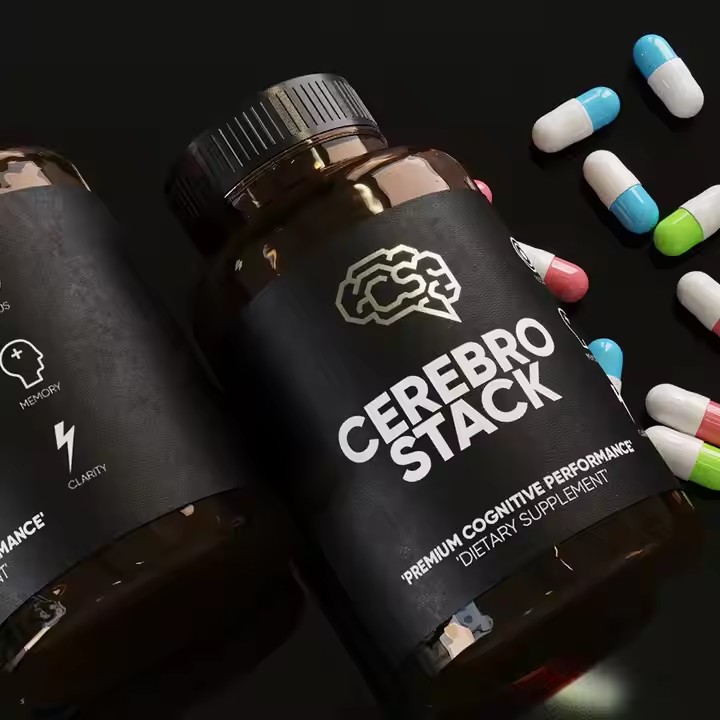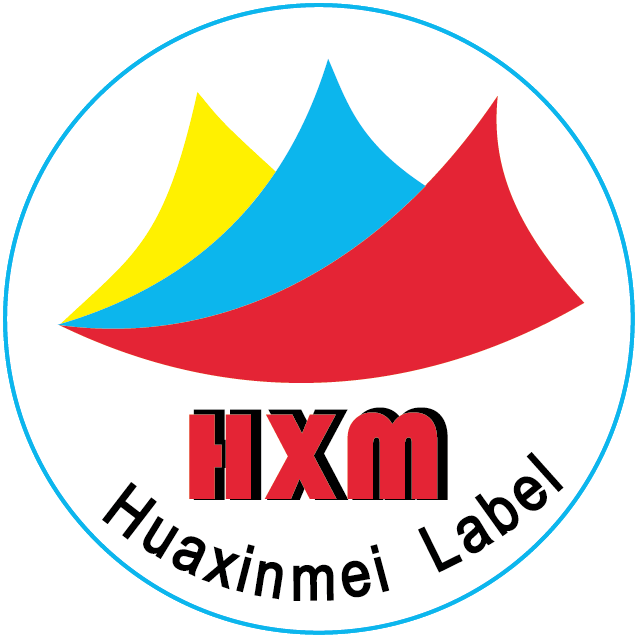Highlight Key Information
Enlarge Important Content: Use larger fonts to prominently display crucial information such as the food name, characteristic ingredients, and shelf life, ensuring that consumers can quickly obtain key information within a short time. For example, for a honey product, the words “naturally mature honey” can be placed in a prominent position on the label with eye-catching fonts. Pay special attention to important content. For instance, the product’s slogan and name should be designed uniquely so that consumers can remember them. The important information of the product should be presented through the font and font size, and these should be in line with the product’s tone. For example, if it is a children’s product, the font design should be round and cute to attract children.
Use Contrasting Colors: Distinguish different information sections with contrasting colors to make the label content clearly structured. For example, pair a dark background with light-colored text, or vice versa, to make the text more legible. For instance, on the label of organic vegetables with a green dominant color, use white or yellow text to mark the product name and key information, creating a sharp contrast. Using contrasting colors can highlight the differences between this product and others, and the collision of color blocks can attract attention. Print different texts on different color blocks to showcase the product’s characteristics.
Apply Creative Design
Incorporate Brand Elements: Integrate the brand logo, mascot, or unique brand colors into the label design to strengthen the brand image. For example, the Coca-Cola product label features a red dominant color and a unique logo design, allowing consumers to recognize the brand at a glance. Some designs can also increase popularity and aesthetic appeal through brand collaborations, making it easier for them to spread within the industry.

Add Interesting Illustrations: Design relevant illustrations according to the characteristics and positioning of the food. For children’s food, cute cartoon images can be used; for traditional Chinese pastries, Chinese-style illustrations such as ancient figures and traditional patterns can be adopted to increase the product’s fun and cultural connotations. Adding interesting illustrations can also effectively attract consumers’ attention. For example, if doing business in a foreign country, use foreign illustrations as consumers will have a stronger sense of cultural identity.
Innovate the Layout: Break away from conventional text layouts and arrange information in a creative way. For example, arrange the text around the product image or design the text arrangement path according to the shape of the food to make the label more unique. The innovative layout should be reasonable and visually appealing.
Select Appropriate Colors
Match the Food Characteristics: Choose colors according to the type and flavor of the food. Warm colors like red and orange are often used for sweet foods such as chocolates and candies, giving people a sweet and enthusiastic feeling; while green is commonly used for vegetables and fruits, conveying the message of freshness and health.
Consider the Target Audience: Select corresponding colors for different target consumer groups. For children’s food, use bright and lively color combinations such as pink, yellow, and blue; for high-end food, adopt low-key and luxurious colors like gold, silver, and deep purple to reflect the product’s quality and class.
Provide a Clear Information Structure
Display in Sections: Divide the label content into different categories, such as the product information section, nutritional composition section, and ingredient list section, etc. Separate each area with lines, color blocks, or blank spaces to make the label look organized.
Ensure a Reasonable Logical Order: Arrange the content in accordance with consumers’ information-seeking habits and the degree of importance. Generally, the product name and image should be placed in the most prominent position, followed by the ingredient list, nutritional composition table, production date, shelf life, and other information.
Adopt Special Processes and Materials
Special Printing Processes: Use special printing processes such as hot stamping (gold or silver), embossing, debossing, and UV printing to increase the texture and three-dimensional effect of the label. For example, using the hot stamping process to print the brand name and pattern on the label of high-end liquor can enhance the product’s grade.

Unique Materials: Select textured paper or special materials as the label carrier, such as kraft paper, parchment, transparent plastic, etc., to endow the label with a unique tactile and visual experience. For example, some handmade baked goods use kraft paper labels to create a natural and rustic atmosphere.
Consider the Display Effects in Different Channels
Optimization for Online Sales: For food sold online, the label design should consider the display effect on e-commerce platforms. Ensure that the main information on the label is clearly visible even in the thumbnail, and the product image should be attractive enough to accurately convey the product’s features. At the same time, make use of the detailed pages on e-commerce platforms to further display the detailed information that cannot be fully presented on the label, such as the product story and user reviews.
Offline Display Effects: For food sold offline, the label design should consider the display effect on the shelves. It should stand out among numerous competing products and attract consumers’ attention. This can be achieved through unique shapes, eye-catching colors, or special display methods to make the product more noticeable on the shelves. For example, use irregularly shaped labels or add three-dimensional decorations to the labels to increase the product’s visibility on the shelves.


